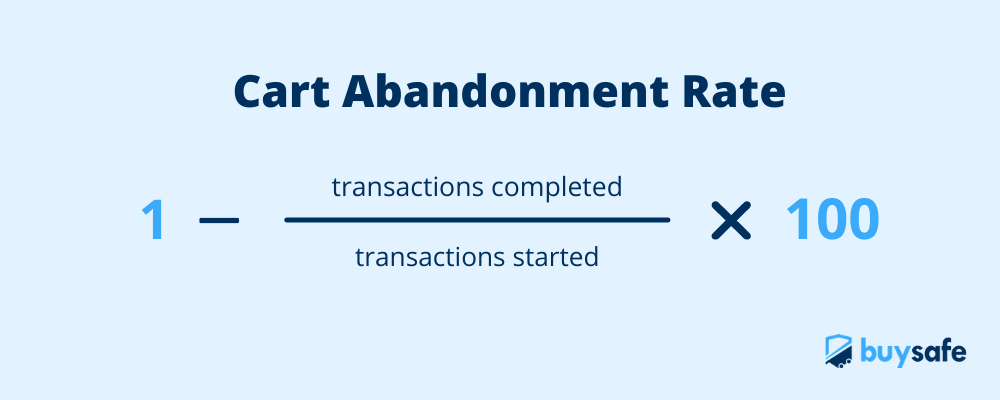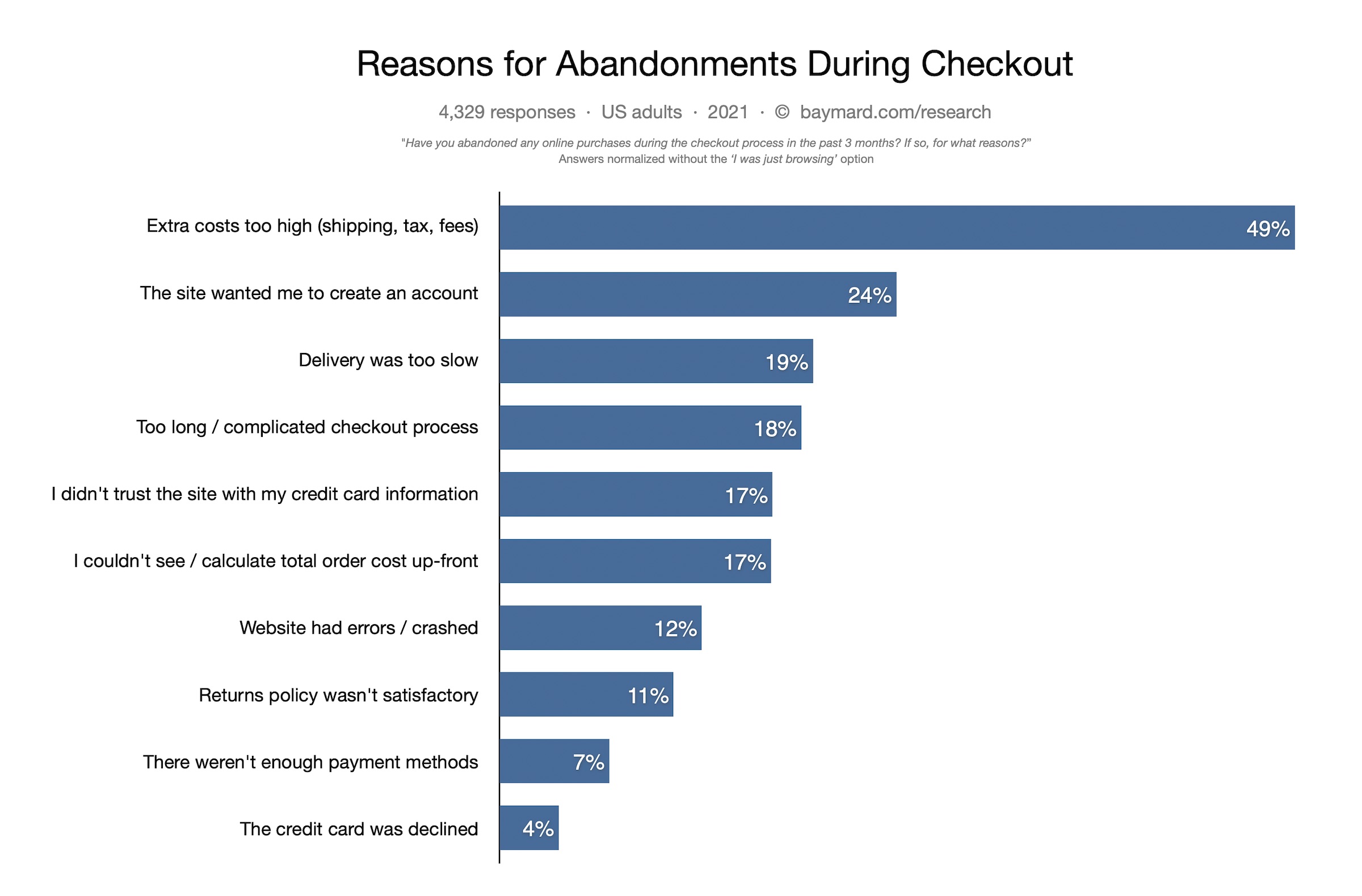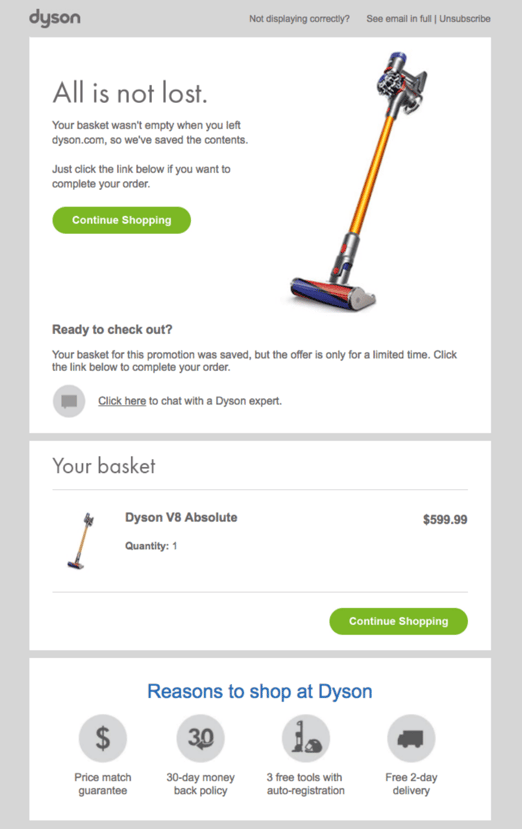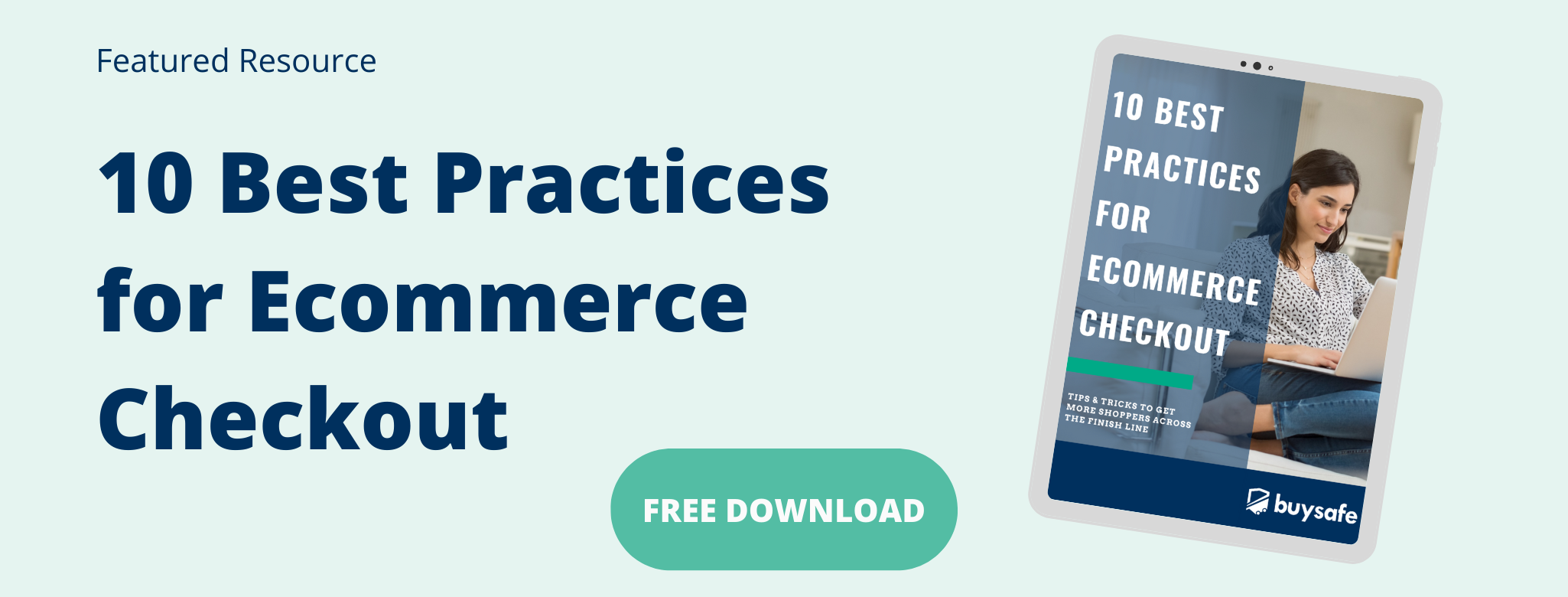

For the latest on ecommerce tips and best practices.
5 Reasons for Shopping Cart Abandonment + Solutions to Improve Conversions

Shopping cart abandonment is a serious problem for retailers that could be eating away at your ecommerce sales. The global average cart abandonment rate is nearly 80% across all industries. To make matters worse, the pandemic has even birthed a new pastime of young online shoppers filling, then abandoning ecommerce shopping carts.
The good news is that there are proven strategies to combat the influx of stranded online shopping carts. Here we’ll go over some common reasons for shopping cart abandonment, then give solutions for each.
What is shopping cart abandonment?
Shopping cart abandonment is when a customer adds items to their cart, but leaves the website without completing the purchase.
How to calculate cart abandonment rate:
To calculate your cart abandonment rate, follow this formula:

Why is shopping cart abandonment a problem for retailers?
Ecommerce brands lose a shocking $18 billion in sales revenue each year due to cart abandonment. A high cart abandonment rate could highlight a poor user experience or other barriers blocking conversions.
Let's review these 5 common causes for cart abandonment and how to fix them:
- Long or complicated checkout process
- Unexpected shipping costs
- Lack of trust
- Couldn’t find coupon code
- Doing research to buy later
Free Download: 10 Best Practices for Ecommerce Checkout
5 Ways to Reduce Shopping Cart Abandonment
1. Make checkout easier for customers
24% of shoppers abandon their cart because the site wanted them to create an account. To remove this roadblock, consider adding other options like guest checkout or the ability to log in with a social media account.

(Source: Baymard)
2. Offer shipping promos
In a recent Baymard study, 49% of shoppers abandoned their cart due to high extras costs like shipping. However, depending on your product offering or location, high shipping costs may be unavoidable. Consider bundling free shipping with a minimum purchase and build the shipping costs into the price of the product.
If you have a Shopify store, consider using an app like Shipping Rates Calculator Plus to display an estimated shipping cost based on location. This can give customers a feel for what costs to expect when they checkout, reducing the potential shock factor.
3. Build trust with your customers
Shoppers may hesitate to buy if they’re not sure you’re a reputable company.
So, how do you build trust with customers?
This is where social proof comes in. Social proof can include, reviews, testimonials, social media content, and trustmarks on your site. Be sure to feature positive reviews on key areas of your online store including homepage, landing page and checkout page. Shoppers will feel more comfortable purchasing from you knowing that others have had a positive experience.
Also consider displaying a third party trustmark, like BuySafe, on your website to show you're a verified reputable company. When customers see the trustmark, they can shop at ease knowing their purchase is protected.
4. Delight customers with coupon codes
Who doesn’t love a good deal? Shoppers may look to find better savings elsewhere if they can’t find a coupon code to use on your site. Offering a discount in exchange for an email or SMS sign up could be a win-win. Customers will be happy they snagged a deal, plus it opens up the opportunity to build a relationship, boost customer loyalty and market to them in the future.
Promo codes can also be a great way to get customers to spend more money. A Blippr study showed online shoppers who use coupon codes spend 24% more than shoppers who don’t use them.
5. Send abandoned cart emails
Online shoppers can also abandon their carts simply because they’re only in the research phase. This can include learning more about the product, scanning for reviews and comparing prices. A checkout recovery email is an effective way to recover sales from abandoned carts.
Here's an abandoned cart email example from Dyson:

This email makes it easy for the customer to pick up where they left off. If the shopper was just browsing, the limited offer creates a sense of urgency encouraging them to buy. In this abandoned cart email example, Dyson also lists the benefits of shopping with them versus anyone else. Displaying these advantages can be the push needed to close the sale.
Final Thoughts
Overall, shopping cart abandonment is an issue all ecommerce business will face. However, spending more time to understand your customers and implementing new strategies is key to providing a better shopping experience.
Stay in the know
Subscribe to the buySAFE blog and receive the latest in ecommerce best practices.



